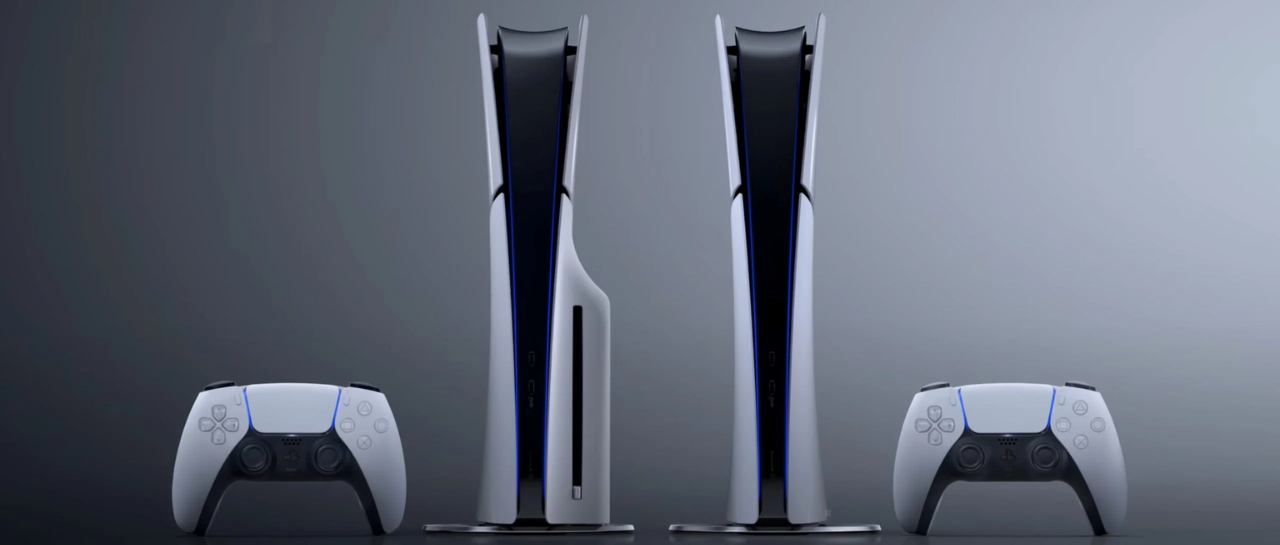The latest Opensignal data finds that 5G download speeds from the three big U.S. operators are in the 47 Mbps to 58 Mbps range, not coming close yet to the goal for 5G downlink speeds of 100 Mbps. T-Mobile took top honors for it 5G download speeds. But in the carrier’s press release issued this morning, bragging about its win, it was careful not to mention that its “winning” speed was 58 Mbps.
Opensignal, a U.K.-based research group, also found that Verizon’s early, impressive 5G average speeds from its mmWave rollouts have been totally wiped out now that Verizon is deploying 5G on its lower band spectrum.
And finally, everyone has known that T-Mobile’s trove of mid-band spectrum would eventually propel the carrier to the lead in the race to 5G. And that’s starting to happen, according to Opensignal.
Digging into the data
Opensignal gathers its data by collecting billions of individual measurements daily from over 100 million devices on every major network operator around the globe. Its most recent data was gathered from September 16 to December 14, 2020.
Based on this data, T-Mobile beat the other two carriers with an average 5G download speed of 58.1 Mbps, an increase from 49.2 Mbps in June 2020.
Meanwhile, 5G download speeds actually fell on both Verizon’s and AT&T’s networks. AT&T download speeds dropped from 60.8 Mbps in June to 53.8 Mbps. And Verizon’s 5G download speeds dropped from a whopping 494.7 Mbps in June to 47.4 Mbps.

Ian Fogg, the Opensignal analyst most responsible for the new report, said the dramatic drop in Verizon’s 5G download speeds is due to the fact that in June 2020 Verizon’s 5G network was mostly based on mmWave spectrum, delivering super-fast speeds, but the availability of its 5G network was only .4%. “Now, Verizon has launched 5G on lower-band spectrum [sub-6 GHz], and its availability has gone up to 9.5%, but speed has gone down,” said Fogg.
Download speeds in the 40 Mbps to 58 Mbps seem underwhelming, considering all the hoopla about 5G.
When 5G was first being conceived, the International Telecommunication Union (ITU) set two specific 5G download speed requirements: Peak Data Throughput of 20 Gbps on the downlink and a User Experienced Data Rate (the average for real-world conditions) of 100 Mbps on the downlink, said Viet Nguyen, director or public relations and technology at 5G Americas.
There’s an ocean-size difference between 20 Gbps and 100 Mbps. And in the U.S., the operators haven’t even reached the 100 Mbps goal.
Fogg said that the U.S. carriers have been constrained by their access to mid-band spectrum. “The most popular spectrum type globally is 3.5 GHz,” he said. “Most networks globally have used that as their only 5G band. And that’s why in most countries download speeds are five to six times faster than 4G with an average of 300 Mbps.”
The C-band auction for mid-band 3.7 GHz spectrum has recently concluded, garnering $80.9 billion. The results of the auction – naming the winners and how much spectrum they won – won’t be known for several weeks yet. But the spectrum will ultimately boost 5G in the U.S.
RELATED: C-band’s first phase tops charts with $80.9B
Ookla vs. Opensignal
Ookla recently published some 5G “Speed Scores” that seem to indicate higher speeds than Opensignal’s data. Ookla’s Speed Scores do not translate directly into Mbps. They measure both upload and download speeds with 90% of the final attributed to download and the remaining 10% attributed to upload.
RELATED: AT&T scores fastest 5G network, Verizon’s availability drags down speed
According to Ookla tests that were taken on 5G connections, AT&T had the fastest Speed Score in the U.S. in Q4 2020 at 75.59; T-Mobile was second (70.98), followed by Verizon (67.07). An Ookla spokesperson said the company disagrees with Opensignals’ methodology, and explains its reasoning in a blog that answers why Ookla’s tests indicate faster 5G speeds.
T-Mobile
According to the new data from Opensignal, T-Mobile is also beating Verizon and AT&T in terms of 5G availability.
While Opensignal found that customers of all three carriers have seen much greater time connected to an active 5G signal than in its previous report six months ago, T-Mobile is seeing the best 5G availability since it’s been expanding its network with the 2.5 GHz spectrum it got from Sprint.

T-Mobile users were connected to 5G about 30.1% of the time, a jump from 22.5% six months ago. AT&T 5G users saw an increase from 10.3% to 18.8%. Verizon users saw availability jump from 0.4% to 9.5%, as previously mentioned, due to the impact of Verizon’s nationwide 5G launch and use of dynamic spectrum sharing (DSS).
Upload speeds
Finally, Opensignal also looked at 5G upload speeds, which impact the sharing of photos, videos and other large files.
Again, the winner was T-Mobile with an upload speed of 14.0 Mbps; Verizon followed at 11.9 Mbps; and AT&T users experienced 8.0 Mbps.














